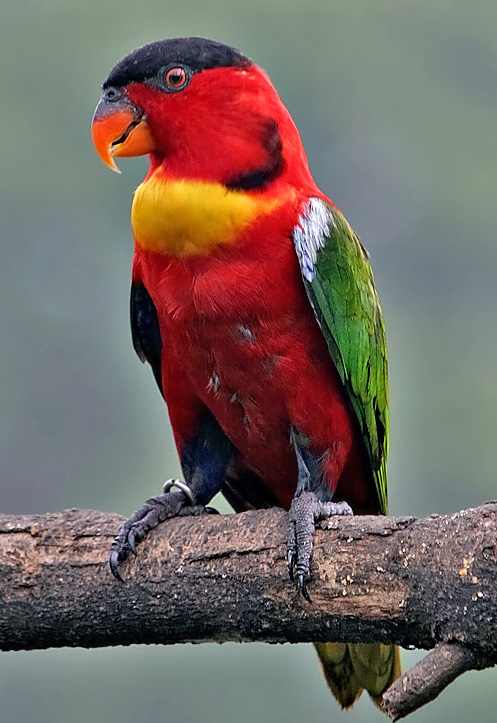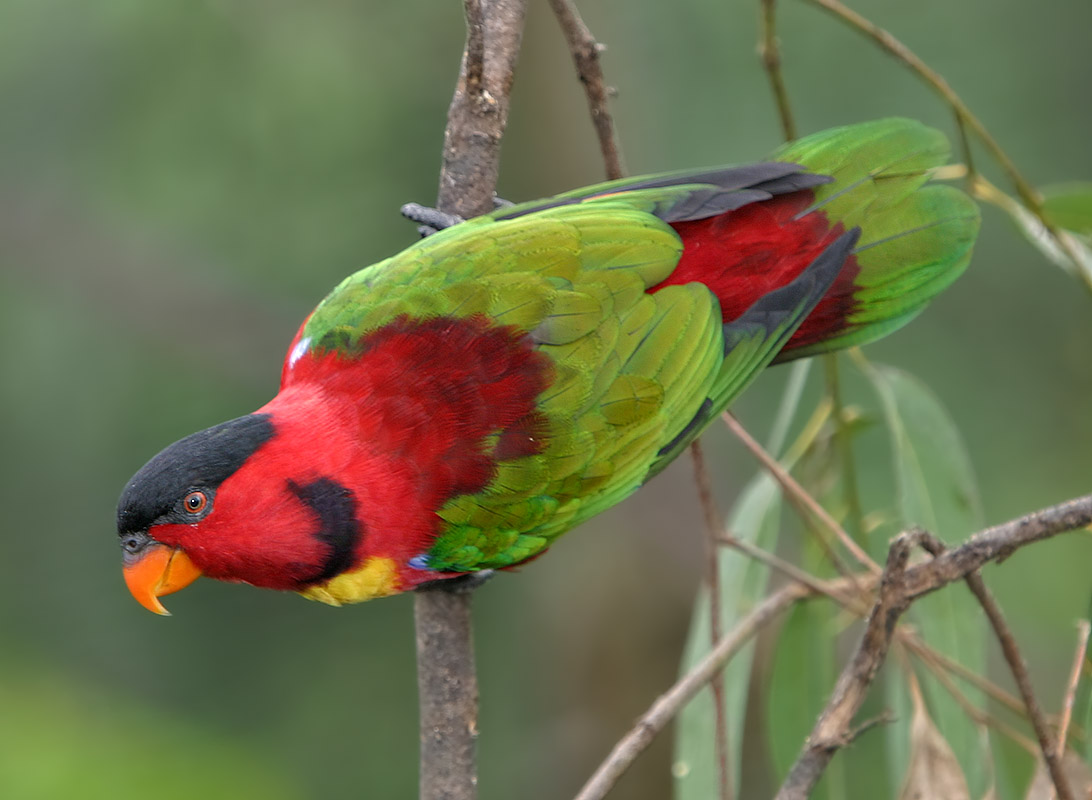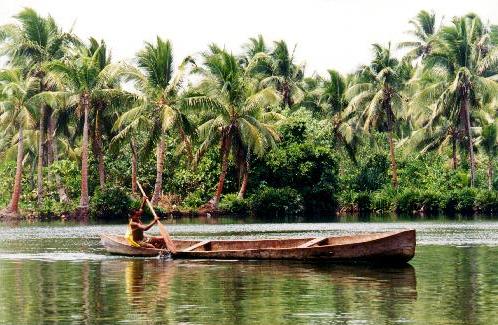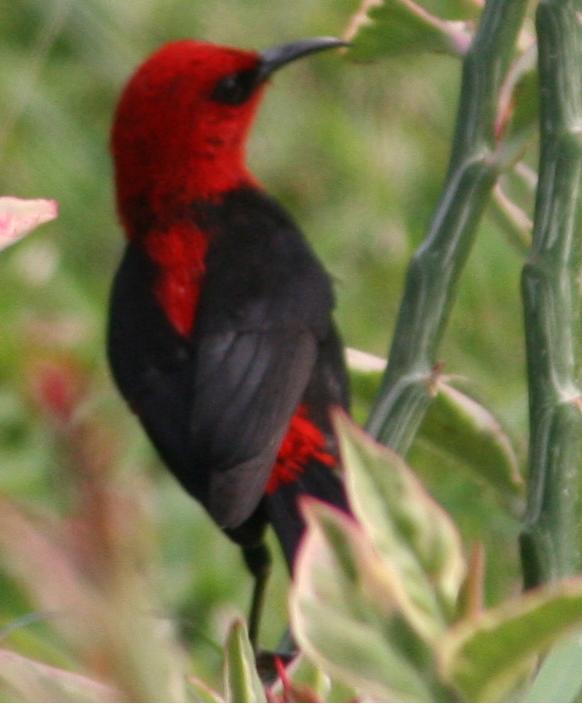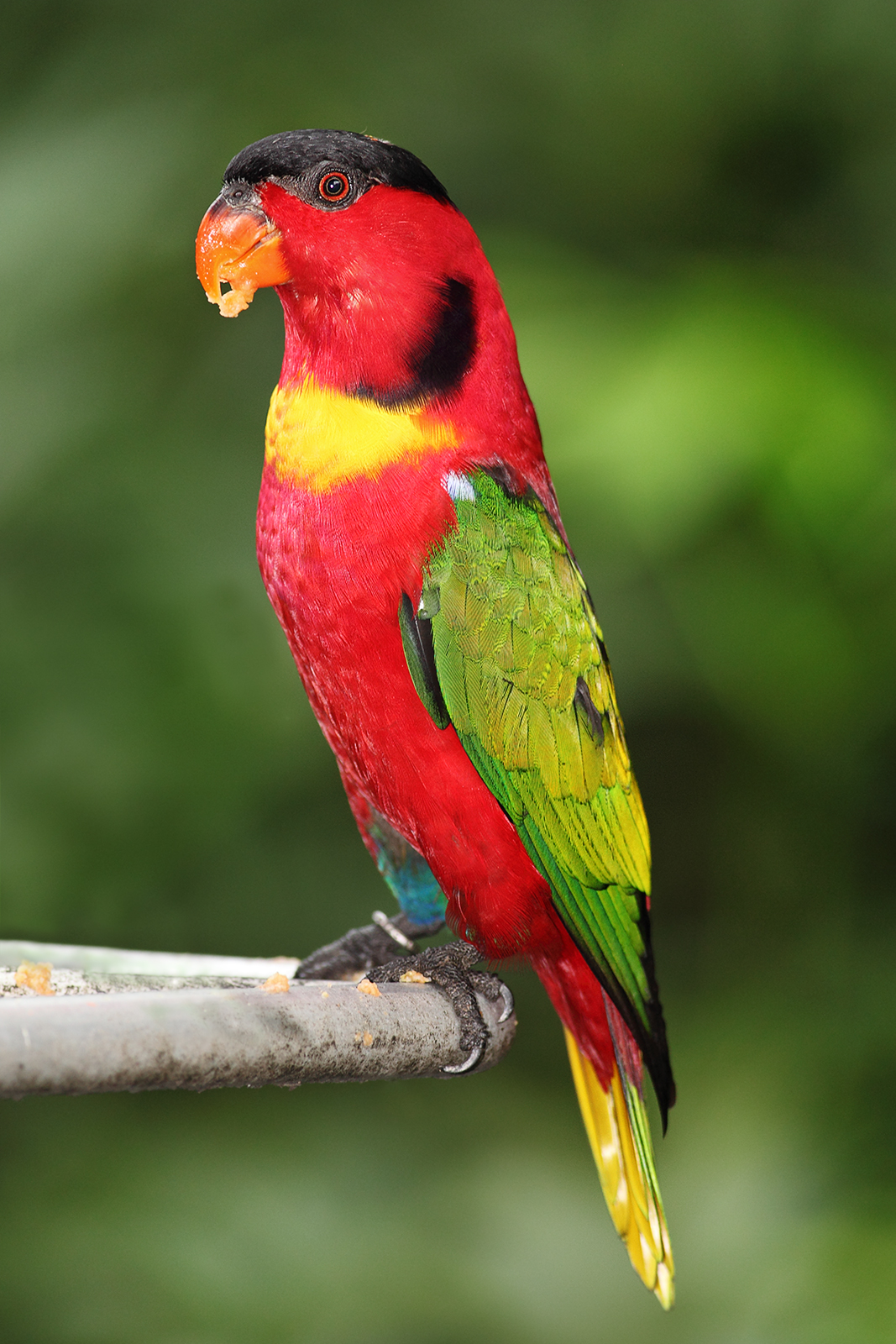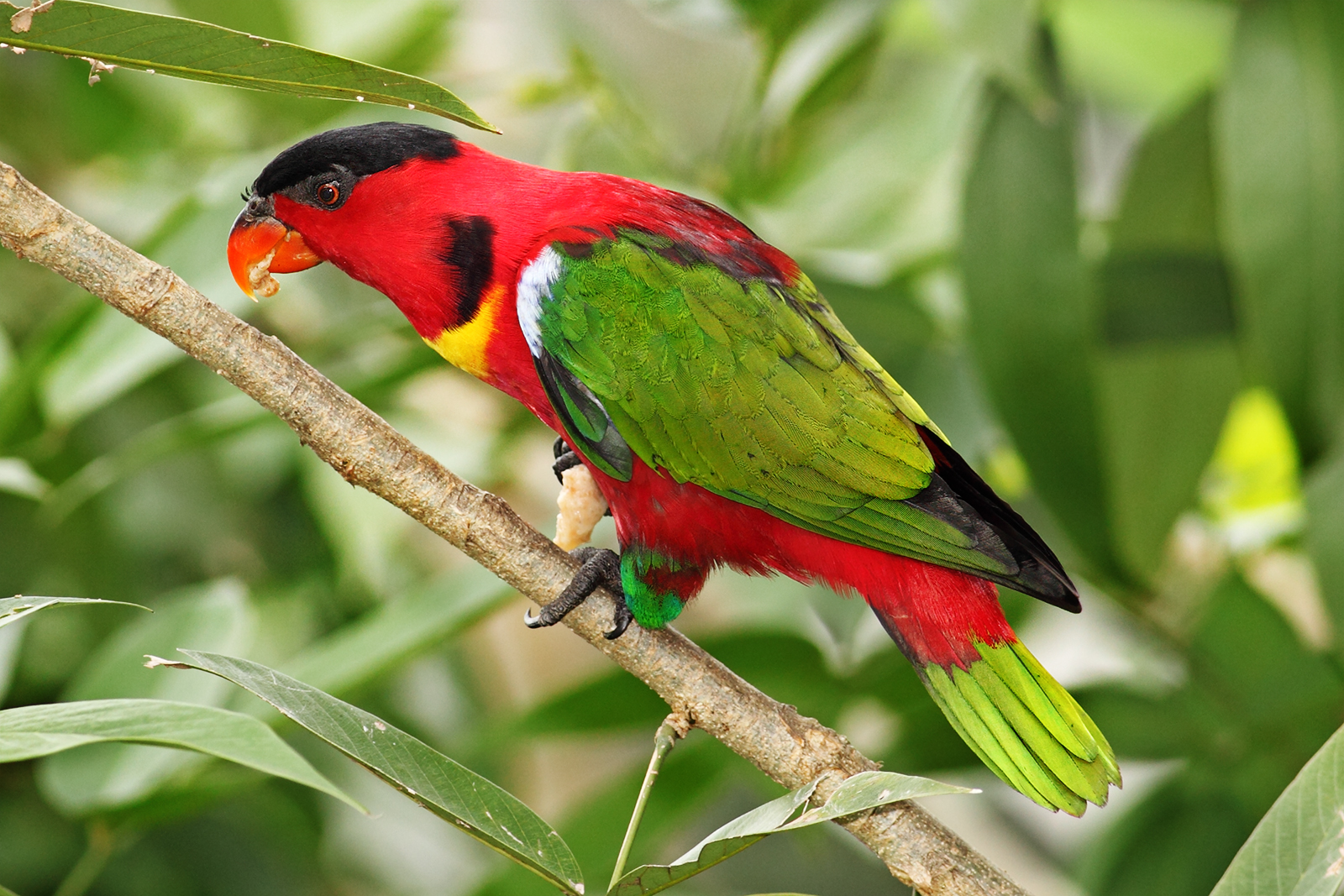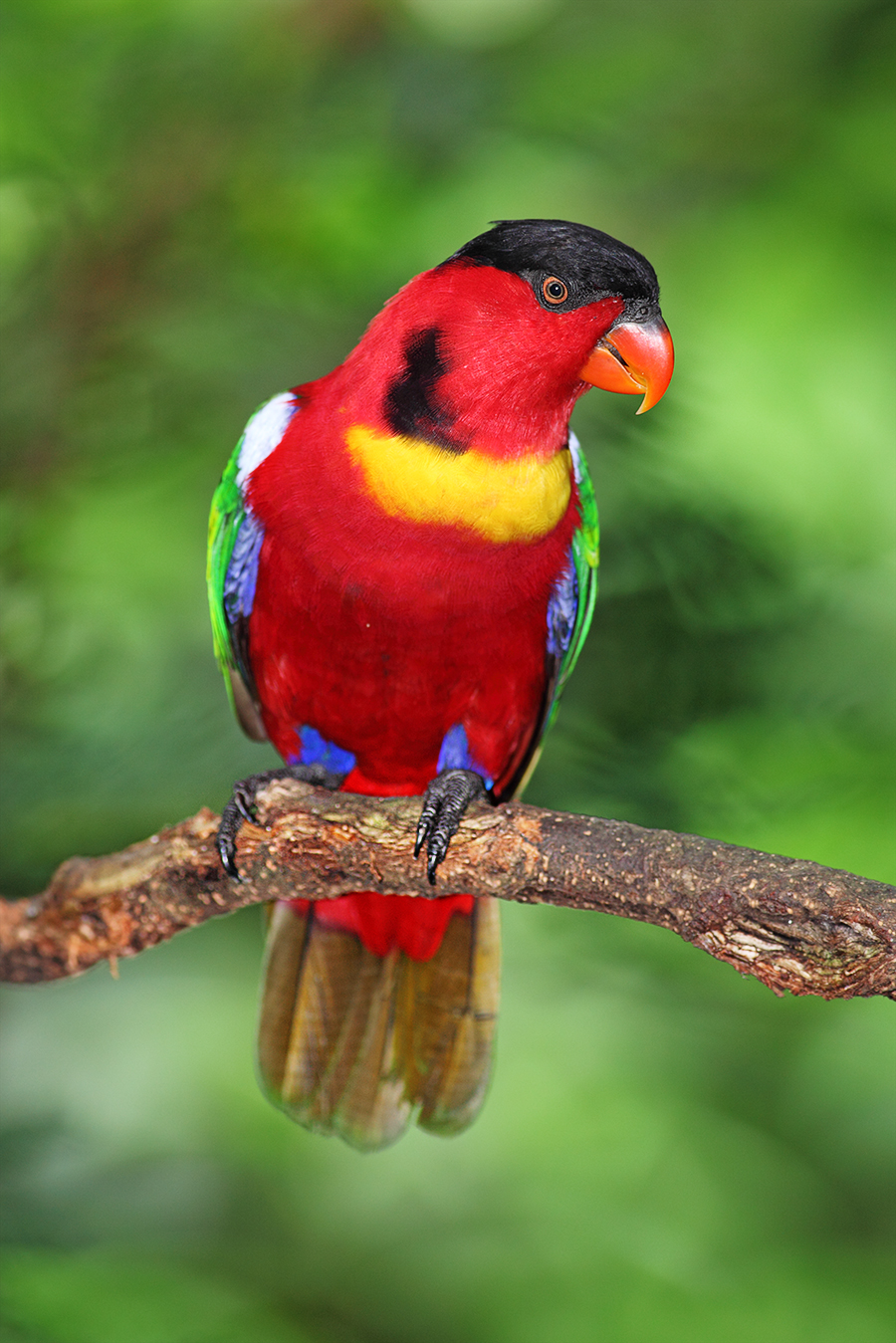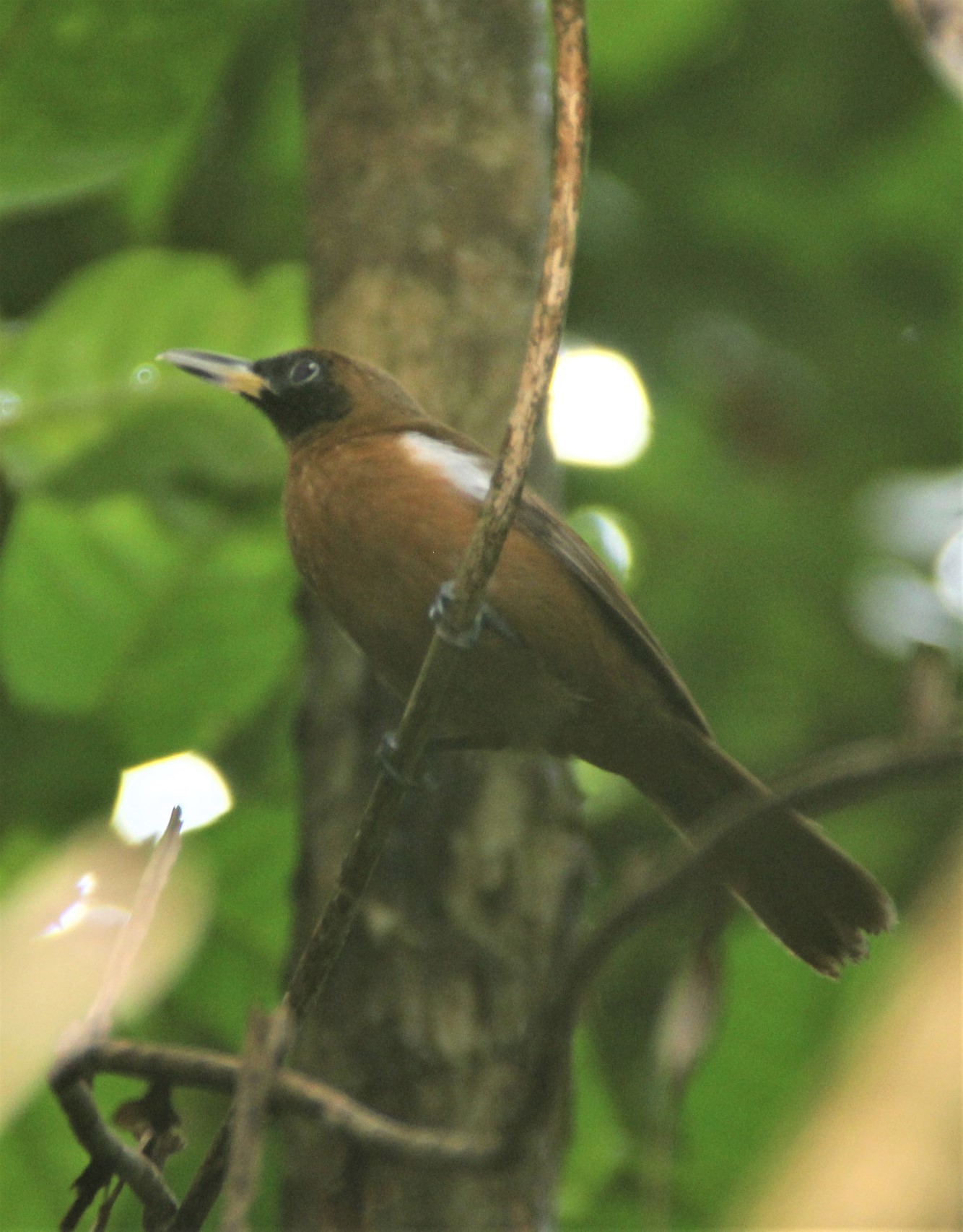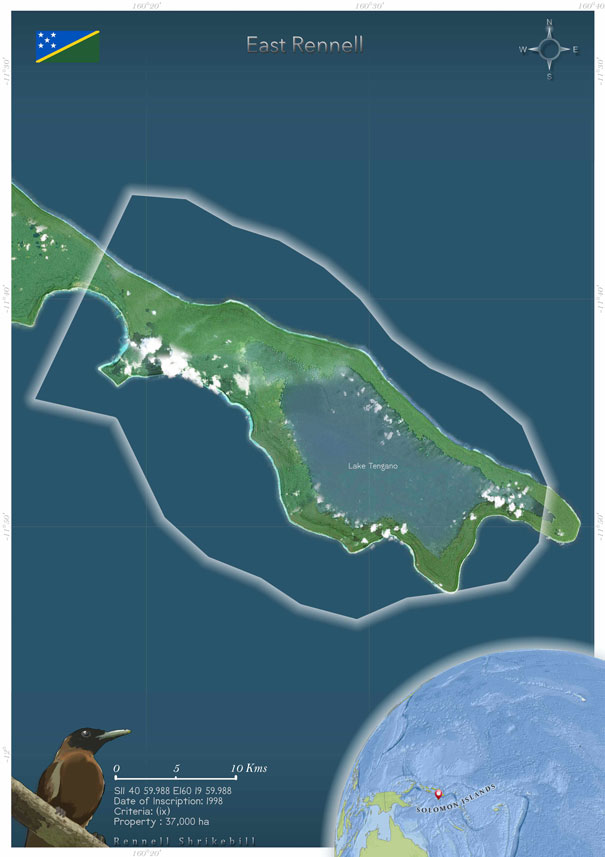
East Rennell (854)
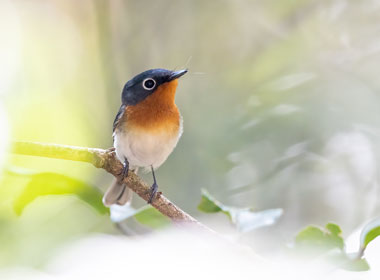 East Rennell was inscribed as a World Heritage Site under the "Natural" category in 1998. Fifteen years later, in 2013, the site was added to the List of World Heritage in Danger due to excessive (illegal) use of natural resources. The property is situated in the southernmost part of the Solomon Islands, in the western Pacific, with an area of 370 km2. One important feature of this island is Lake Tegano, the largest closed lake on a Pacific Island, which was formerly a lagoon on the atoll. It is protected under a national act passed in 2010 and is managed by the Ministry of the Environment. The island is in traditional customary ownership. Though the Solomon group of islands are of volcanic origin, East Rennell is located further away from the centre and falls within the low seismic zone. The island is surrounded by reefs. Most of the island is covered by a pristine tropical rainforest. The site boasts a rich biodiversity, including vascular plants, water birds, bats, fishes, corals, whales and several endemic reptiles and amphibians. Current threats identified – include invasive non-native/alien species, water pollution, logging, mining, ocean acidification, temperature extremes and tourism.The site management plan is yet in the making, and hence the necessary legal implementation is lacking.
East Rennell was inscribed as a World Heritage Site under the "Natural" category in 1998. Fifteen years later, in 2013, the site was added to the List of World Heritage in Danger due to excessive (illegal) use of natural resources. The property is situated in the southernmost part of the Solomon Islands, in the western Pacific, with an area of 370 km2. One important feature of this island is Lake Tegano, the largest closed lake on a Pacific Island, which was formerly a lagoon on the atoll. It is protected under a national act passed in 2010 and is managed by the Ministry of the Environment. The island is in traditional customary ownership. Though the Solomon group of islands are of volcanic origin, East Rennell is located further away from the centre and falls within the low seismic zone. The island is surrounded by reefs. Most of the island is covered by a pristine tropical rainforest. The site boasts a rich biodiversity, including vascular plants, water birds, bats, fishes, corals, whales and several endemic reptiles and amphibians. Current threats identified – include invasive non-native/alien species, water pollution, logging, mining, ocean acidification, temperature extremes and tourism.The site management plan is yet in the making, and hence the necessary legal implementation is lacking.
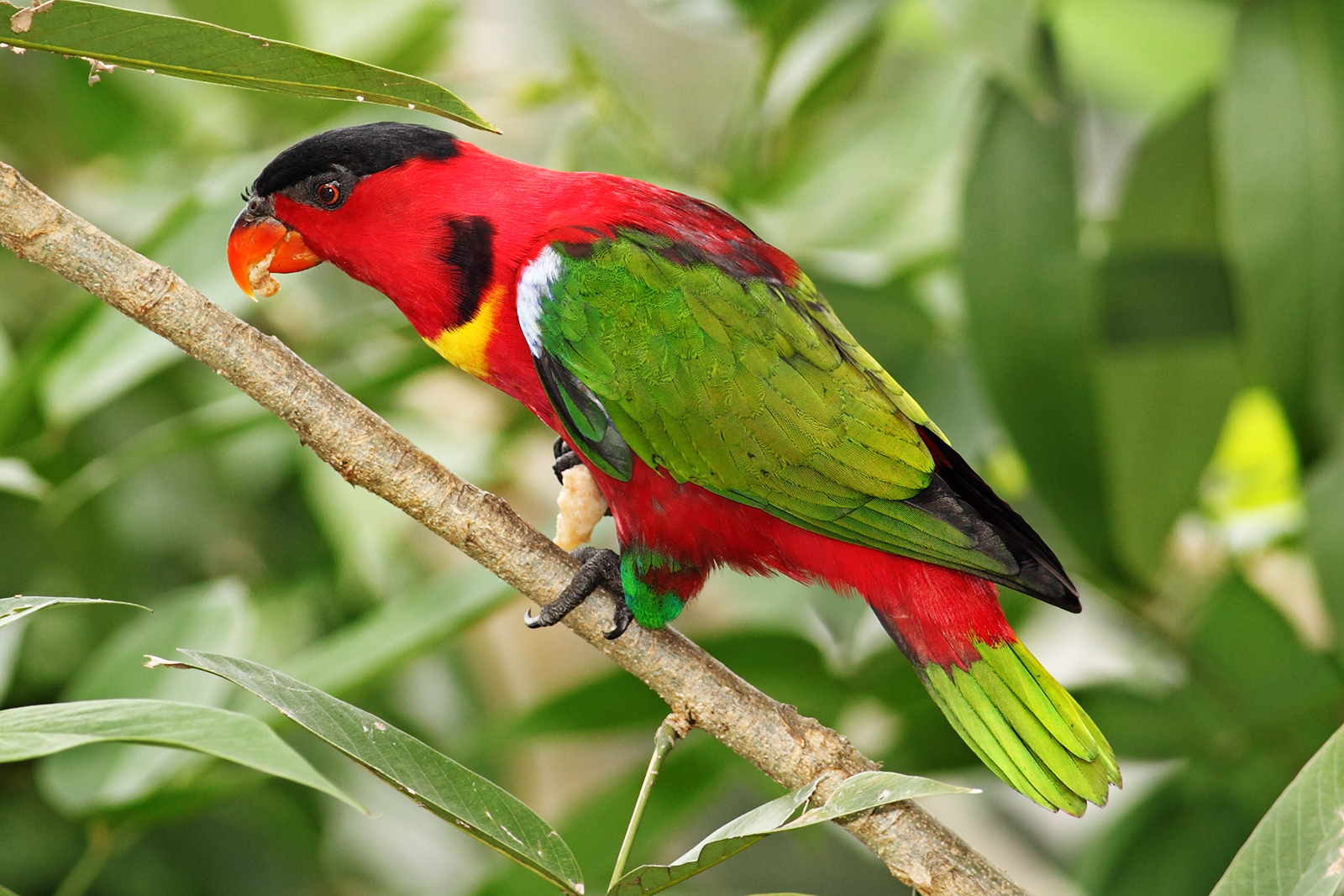 East Rennell is the southernmost island in the Solomon Island group, in the western Pacific. Rennell, 86 km long × 15 km wide, is the largest raised coral atoll in the world. It is located at 11° 41' S, 160° 20' E. The site has an extent of approximately 37,000 ha and includes a marine area extending 3 nautical miles to sea. A major feature of the island is Lake Tegano, which was a lagoon on the atoll formerly. It is the world’s largest uplifted coral atoll and one of about 25 such atolls in the Pacific.
The island is almost ringed by a narrow fringing reef (UNEP/WCMC 2012). The lake, the largest in the insular Pacific (15,500 ha), is brackish and has many rugged limestone islands and endemic species. The surrounding karst terrain has a dense cover of indigenous forest. The land is in traditional customary ownership, ensuring that its resources are sustainably used. Nevertheless, the level of protection is not effective. Thus, the site was included in the UNESCO list of "sites in danger" in 2013 and is still in this condition (UNESCO WHC 2017).
The islands have an average temperature of about 27°C, with only very small changes all year. The area has two distinct seasons—a wet season from November to April and a dry season from May to October. The average rainfall is approximately 2500–3000 mm; however, it varies from west to east across the archipelago and depends on the island’s topography and elevation (Solomon Islands Official Tourism Site 2017).
The structure and geomorphology of East Rennell Island show that the ridge on which it sits first suffered subsidence and is now in a phase of active uplift. The island was initially deposited as coralline algal limestone and was then dolotomized (Wingham 1997). East Rennell provides evidence of significant ongoing ecological and biological processes and is an important site for biogeography. Around 90% of the island is covered by pristine tropical rainforest. The Solomon group contains almost 650 species of vascular plant, with 162 (25% of the total) not being found on any other island to the east. The Solomon Islands have a greater diversity of animal species and higher level of endemism. At least 43 species of breeding land and water bird have been identified in East Rennell. The site has 11 species of bat, and there are five species of gecko and 27 species of land snail. Seven hundred and fifty-four species of fish and a total of 1019 reef-dwelling fish have been recorded around the Solomon Islands (UNEP/WCMC 2012). Eight whale species and nine dolphin species are found in the waters around the islands. The Solomon Islands as a group have the second highest diversity of coral species in the world, more than 494 species (IUCN 2008).
East Rennell is the southernmost island in the Solomon Island group, in the western Pacific. Rennell, 86 km long × 15 km wide, is the largest raised coral atoll in the world. It is located at 11° 41' S, 160° 20' E. The site has an extent of approximately 37,000 ha and includes a marine area extending 3 nautical miles to sea. A major feature of the island is Lake Tegano, which was a lagoon on the atoll formerly. It is the world’s largest uplifted coral atoll and one of about 25 such atolls in the Pacific.
The island is almost ringed by a narrow fringing reef (UNEP/WCMC 2012). The lake, the largest in the insular Pacific (15,500 ha), is brackish and has many rugged limestone islands and endemic species. The surrounding karst terrain has a dense cover of indigenous forest. The land is in traditional customary ownership, ensuring that its resources are sustainably used. Nevertheless, the level of protection is not effective. Thus, the site was included in the UNESCO list of "sites in danger" in 2013 and is still in this condition (UNESCO WHC 2017).
The islands have an average temperature of about 27°C, with only very small changes all year. The area has two distinct seasons—a wet season from November to April and a dry season from May to October. The average rainfall is approximately 2500–3000 mm; however, it varies from west to east across the archipelago and depends on the island’s topography and elevation (Solomon Islands Official Tourism Site 2017).
The structure and geomorphology of East Rennell Island show that the ridge on which it sits first suffered subsidence and is now in a phase of active uplift. The island was initially deposited as coralline algal limestone and was then dolotomized (Wingham 1997). East Rennell provides evidence of significant ongoing ecological and biological processes and is an important site for biogeography. Around 90% of the island is covered by pristine tropical rainforest. The Solomon group contains almost 650 species of vascular plant, with 162 (25% of the total) not being found on any other island to the east. The Solomon Islands have a greater diversity of animal species and higher level of endemism. At least 43 species of breeding land and water bird have been identified in East Rennell. The site has 11 species of bat, and there are five species of gecko and 27 species of land snail. Seven hundred and fifty-four species of fish and a total of 1019 reef-dwelling fish have been recorded around the Solomon Islands (UNEP/WCMC 2012). Eight whale species and nine dolphin species are found in the waters around the islands. The Solomon Islands as a group have the second highest diversity of coral species in the world, more than 494 species (IUCN 2008).
Criterion (ix)
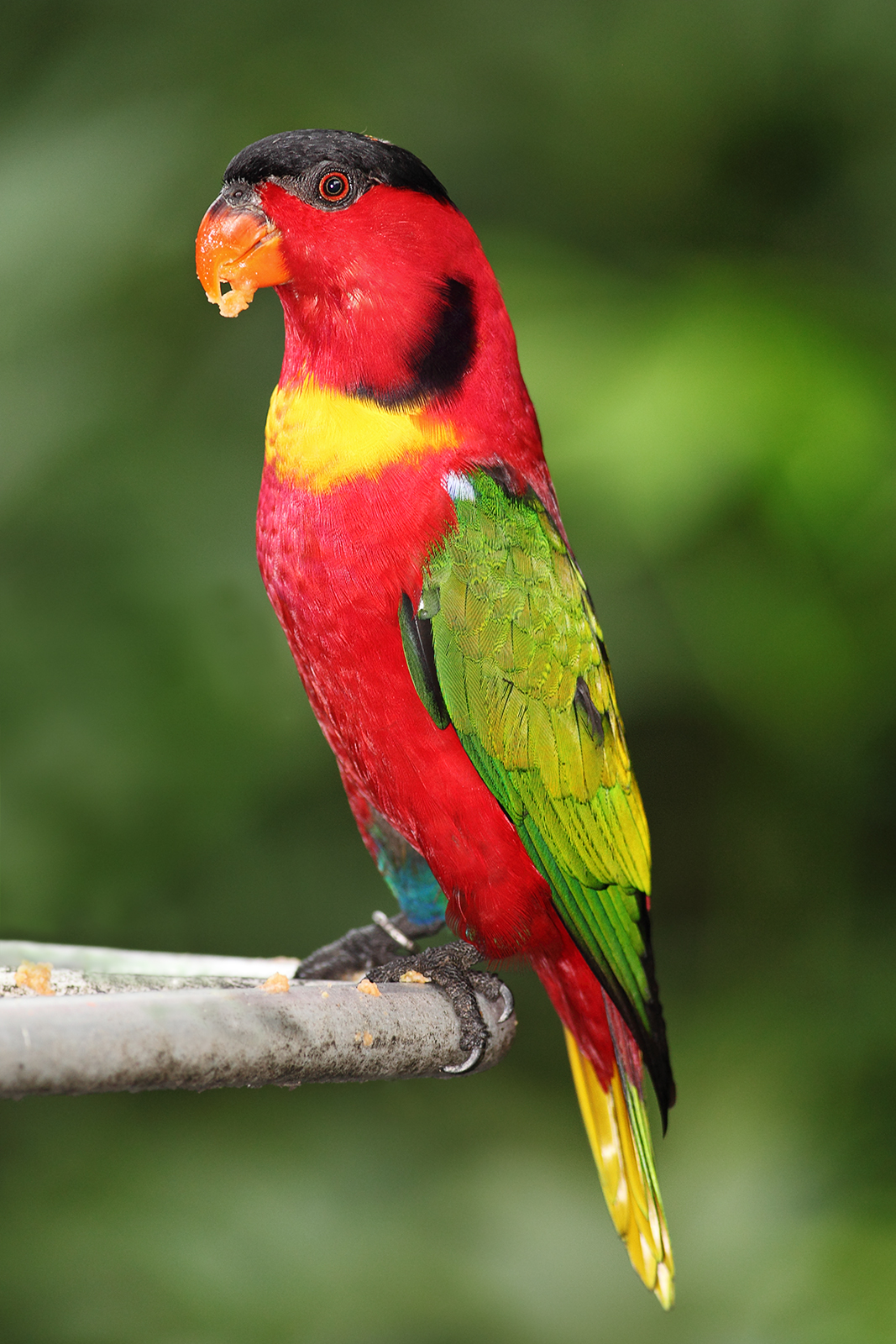 East Rennell demonstrates significant on-going ecological and biological processes and is an important site for the science of island biogeography. The property is an important stepping stone in the migration and evolution of species in the western Pacific and for speciation processes, especially with respect to avifauna. Combined with the strong climatic effects of frequent cyclones, the property is a true natural laboratory for scientific study. The unmodified forest vegetation contains floral elements from the more impoverished Pacific Islands to the east and the much richer Melanesian flora to the west. For its size, Rennell Island has a high number of endemic species, particularly among its avifauna and alsoharbours 10 endemic plant species.
The wildlife includes 11 species of bat (one endemic) and 43 species of breeding land and water birds (four species and nine subspecies endemic respectively). The invertebrate life is also rich with 27 species of land snail (seven endemics) and approximately 730 insect species, many of which are endemic. The flora of Lake Tegano is dominated by more than 300 species of diatoms and algae, some of which are endemic. There is also an endemic sea snake in the lake
East Rennell demonstrates significant on-going ecological and biological processes and is an important site for the science of island biogeography. The property is an important stepping stone in the migration and evolution of species in the western Pacific and for speciation processes, especially with respect to avifauna. Combined with the strong climatic effects of frequent cyclones, the property is a true natural laboratory for scientific study. The unmodified forest vegetation contains floral elements from the more impoverished Pacific Islands to the east and the much richer Melanesian flora to the west. For its size, Rennell Island has a high number of endemic species, particularly among its avifauna and alsoharbours 10 endemic plant species.
The wildlife includes 11 species of bat (one endemic) and 43 species of breeding land and water birds (four species and nine subspecies endemic respectively). The invertebrate life is also rich with 27 species of land snail (seven endemics) and approximately 730 insect species, many of which are endemic. The flora of Lake Tegano is dominated by more than 300 species of diatoms and algae, some of which are endemic. There is also an endemic sea snake in the lake
Status
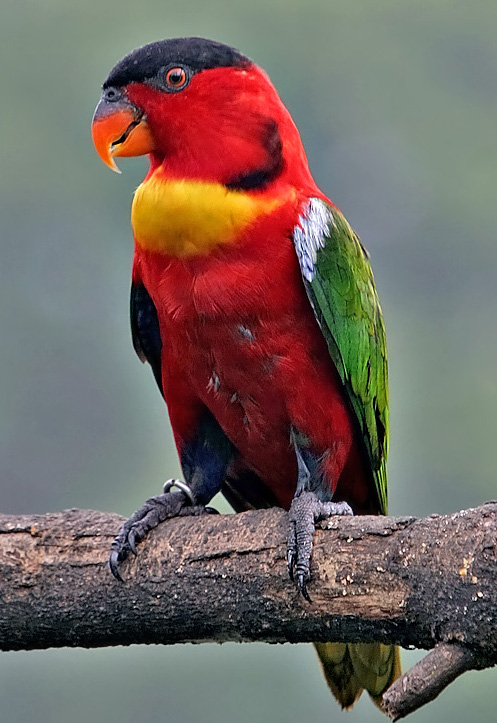 East Rennell is threatened by logging and mining, which are being carried out all over the island. Invasive species, climate change and over-harvesting of coconut crabs and marine species have damaged the site’s OUV and have put the site in the List of WHS in Danger in 2013.
Wang et al. (2020) used satellite data from multiple sources to track forest cover changes in all of East Rennell island since 1998. 95% of the island is still covered by undisturbed forests. The annual average normalized difference vegetation index (NDVI) for the whole island was above 0.91 in 2015. However, the vegetation cover in the island has been slowly decreasing each year between 2000 and 2015. While a management plan was prepared in 2007, it has not been effective, and today the site is only weakly protected under state laws.
The recent (up to 2019) State of Conservation (SoC) reports (https://whc.unesco.org/en/soc/3838) mention changes to oceanic waters, commercial hunting, fishing/collection of aquatic resources, forestry/wood production, invasive/alien terrestrial species, legal framework management systems/management plan, mining and storms as factors affecting the property. Continuous efforts by customary landowners and local communities of East Rennell and by the State Party are appreciated by World Heritage Committee to keep the Outstanding Universal Value (OUV) of the property intact by banning commercial logging and mining within the property. However, it is regrettable that a new logging concession was recently granted by the State Party, which allows commercial logging up to 200 m from the boundary of the property, and no information has been made available regarding its potential impact on the property’s OUV. The 2019 Reactive Monitoring Mission states that competing and contested claims of customary rights among tribes and individual households remain a challenge for the customary management. There is ongoing dialogue between the State Party and local communities to consider conferring protected area status to the property and to finalize and implement the management plan. To understand better the impacts of climate change and to provide a baseline for the population assessment of rare and endemic species, more scientific research is also needed in other areas. The 2019 Reactive Monitoring Mission has identified a list of corrective measures needed to achieve the desired state of conservation for removal of the property from the List of World Heritage in Danger (DSOCR). Given that the property is facing a number of challenges, it is recommended that the Committee retain the property on the List of World Heritage in Danger.
As per IUCN World Heritage Outlook, logging and mining operations have started throughout the western part of the island. The remoteness of the World Heritage Site, its near-natural conditions and the small local population on the island were noted at the time of inscription in 1998 as positive aspects. Though the traditional owners consistently confirmed their commitment to managing the East Rennell World Heritage Site for its Outstanding Universal Value, since the inscription there have been concerns about the lack of adequate legal protection, the legal modalities and the need for sustainable livelihood development to maintain local support for conservation.
The site faces high to very high threats from invasive non-native/alien species, water pollution, logging, ocean acidification and temperature extremes. The site sanagement system and effectiveness of management are of serious concern. The Outlook Report finds that the relationships with local people, legal framework, law enforcement, tourism and visitor management are some additional challenges that have placed the site in the "Critical" category.
East Rennell is threatened by logging and mining, which are being carried out all over the island. Invasive species, climate change and over-harvesting of coconut crabs and marine species have damaged the site’s OUV and have put the site in the List of WHS in Danger in 2013.
Wang et al. (2020) used satellite data from multiple sources to track forest cover changes in all of East Rennell island since 1998. 95% of the island is still covered by undisturbed forests. The annual average normalized difference vegetation index (NDVI) for the whole island was above 0.91 in 2015. However, the vegetation cover in the island has been slowly decreasing each year between 2000 and 2015. While a management plan was prepared in 2007, it has not been effective, and today the site is only weakly protected under state laws.
The recent (up to 2019) State of Conservation (SoC) reports (https://whc.unesco.org/en/soc/3838) mention changes to oceanic waters, commercial hunting, fishing/collection of aquatic resources, forestry/wood production, invasive/alien terrestrial species, legal framework management systems/management plan, mining and storms as factors affecting the property. Continuous efforts by customary landowners and local communities of East Rennell and by the State Party are appreciated by World Heritage Committee to keep the Outstanding Universal Value (OUV) of the property intact by banning commercial logging and mining within the property. However, it is regrettable that a new logging concession was recently granted by the State Party, which allows commercial logging up to 200 m from the boundary of the property, and no information has been made available regarding its potential impact on the property’s OUV. The 2019 Reactive Monitoring Mission states that competing and contested claims of customary rights among tribes and individual households remain a challenge for the customary management. There is ongoing dialogue between the State Party and local communities to consider conferring protected area status to the property and to finalize and implement the management plan. To understand better the impacts of climate change and to provide a baseline for the population assessment of rare and endemic species, more scientific research is also needed in other areas. The 2019 Reactive Monitoring Mission has identified a list of corrective measures needed to achieve the desired state of conservation for removal of the property from the List of World Heritage in Danger (DSOCR). Given that the property is facing a number of challenges, it is recommended that the Committee retain the property on the List of World Heritage in Danger.
As per IUCN World Heritage Outlook, logging and mining operations have started throughout the western part of the island. The remoteness of the World Heritage Site, its near-natural conditions and the small local population on the island were noted at the time of inscription in 1998 as positive aspects. Though the traditional owners consistently confirmed their commitment to managing the East Rennell World Heritage Site for its Outstanding Universal Value, since the inscription there have been concerns about the lack of adequate legal protection, the legal modalities and the need for sustainable livelihood development to maintain local support for conservation.
The site faces high to very high threats from invasive non-native/alien species, water pollution, logging, ocean acidification and temperature extremes. The site sanagement system and effectiveness of management are of serious concern. The Outlook Report finds that the relationships with local people, legal framework, law enforcement, tourism and visitor management are some additional challenges that have placed the site in the "Critical" category.
